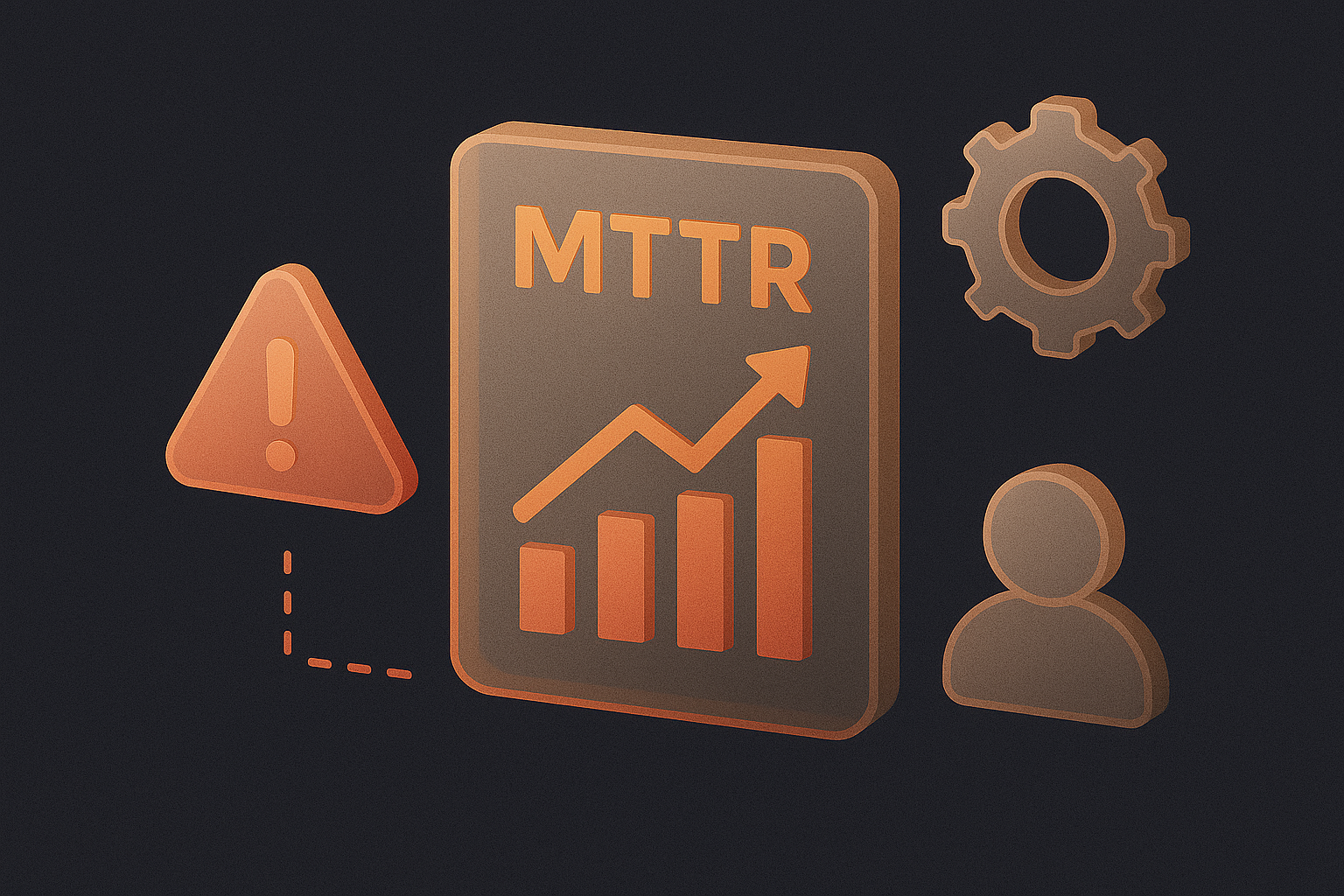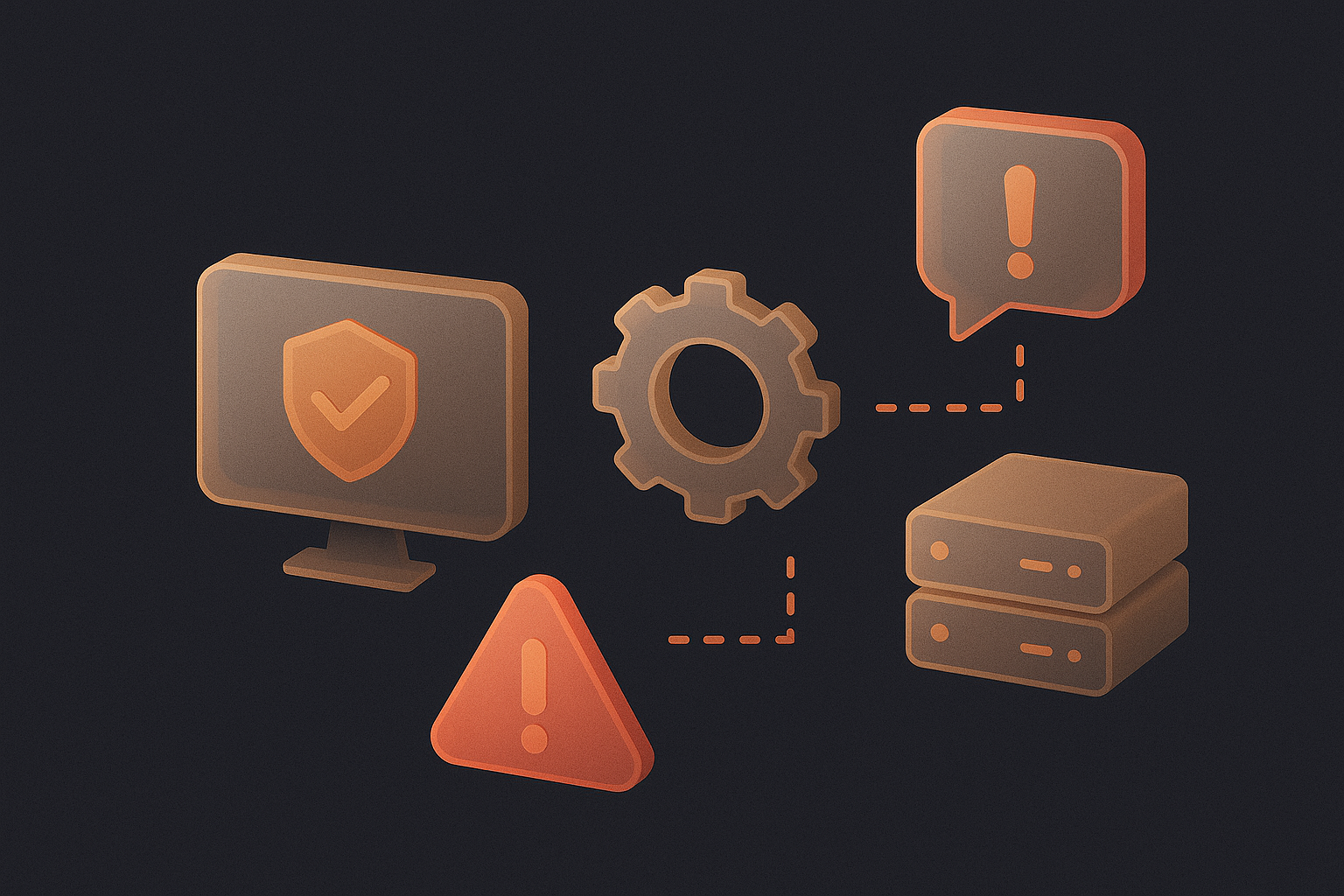RMM or Remote Monitoring and Management allows service providers to manage their clients’ systems remotely. RMM is the backbone of MSPs as it facilitates remote monitoring, one of their most important functionalities.
A channel partner may choose to employ an RMM platform as one of many IT management and business operations products to manage its operations.
Some are stand-alone systems, but companies also provide remote IT administration as a component of a larger, integrated package of services for streamlining the operations of channel partners.
What are the functions of RMM?
RMM software programmers can provide a variety of tools, but they primarily serve two purposes. RMM software provides performance data and other information that service personnel can evaluate, enabling service firms to keep an eye on their clients’ IT systems, including servers, workstations, applications, and mobile devices. Service providers can use RMM to carry out administration duties on the client’s systems, such as patch management, updates, and service configurations, in addition to client endpoint device monitoring. Both tasks can be completed remotely rather than physically, which is a significant advantage for service-based firms.
A service provider must install agent software on a client’s servers, desktop computers, and mobile devices to link RMM software to the client’s systems. The agent’s responsibility is to gather information on the health and state of the monitored device and then transmit that data to the RMM product’s portal, dashboard, or console so that the MSP system administrator may monitor and manage the client’s systems.
The management consoles offered by RMM (Remote Monitoring and Management) software providers are designed to offer a single point of access to the client portfolio of an IT service provider. The amount of client devices, cloud services, open help desk tickets, and alert tickets for each client can all be seen on this central console.
Devices on client networks are typically automatically detected by RMM software. The software may automatically carry out onboarding and configuration operations for newly found devices. RMM programmers typically support Windows, Linux, and macOS devices; depending on the package, support for Android and iOS may also be offered.
What are the benefits of RMM?
• Aids in the efficient administration of clients’ IT needs aids in ensuring the best network stability.
• Enterprise-level automation and monitoring helps find problems before they become crises or lead to serious system failure.
• It assists MSPs in managing or preventing client-related difficulties to achieve larger profit margins.
• Aids in extending the life of clients’ systems and equipment.



